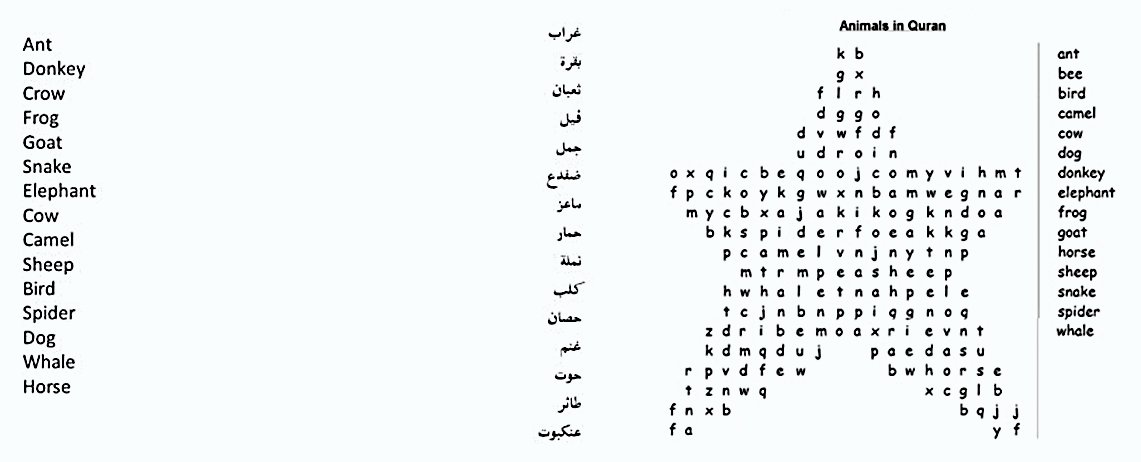Living in the West, we all worry about how to teach our children facts about Islam that kids in Muslim countries learn just by being in the right environment. My 6-year-old daughter started memorizing Juz Amma, and when she got to Surah Al-Fajr, I realized I did not know the order of Surahs beyond that point. If I did not know, how could I teach my kids, especially when we always stress that teaching by example is the best?
Having a few years of teaching experience, I decided to utilize all the study aids I had used as an English teacher and even design my own ‘fun & learn’ system. Following are a few ideas. For maximum benefit, you should do these together with your kids. When I used to teach, I realized that the questions students asked and the ingenious solutions to problems they came up with were better than anything I could have imagined. Let your kids teach you.
- This is an aid that helps you memorize something. To memorize the names of the first 10 Surahs, we came up with this story:
At the party, Isra opened the door. It smelled like someone was cooking beef (cow) Biryani; Uncle Imran’s family invited us in. The women were supposed to be served first from a buffet set on the table. The aroma was so awesome, everyone rushed like cattle from downstairs, upstairs, and all heights, behaving like they were distributing spoils of war. Nanijan made them all stop and do Tawbah for behaving in such a manner. We recited prophet Yunus’s Dua.
All you have to do is make up stories with your children. You can use five to ten names in a story. Type them out and read them often, so you and your children can memorize the names.
- Graphic Organizers. These come in several categories and are used for pictorial representation of a concept. For example, you can use a tree form to teach kids the Prophet’s (sa) family members. Attached is one that I found on the net (en.wikipedia.org/wiki/Family_tree_of_Muhammad/), but you can design one with your kids for better information retention. It could be in the shape of a tree, a flower, etc.

- Lap Books. Basically, these are a handy reference for the child that she herself creates with all the information at her fingertips. They are amazing and there are templates available on the net. All you have to do is download and work on them with your kids. We did one about Akhlaq. The templates are available to download from: http://imanshomeschool.wordpress.com/2013/04/19/a-z-of-akhlaq-lapbook/.

- Student Teachers. Have siblings or friends’ kids teach a class, and you will be amazed at the result. I did this by assigning different topics to groups of students; they would make a presentation and a worksheet for ‘recall activity’. Following are some that my son, Bilal, made about animals in the Quran for his 6-year-old sister.

There was a matching sheet of English and Arabic names of animals. The second was a word search from a free website http://www.superkids.com/aweb/tools/words/search/. - Brainstorming. Choose a topic and list down all the words that come to mind. Then use these to explain and discuss the topic. We use a cool tool (wordle.net) to brainstorm. Following is our Wordle on Islamic heritage. It was not too fancy, but through discussion we added more words that we had missed like science, discovery, etc.

There are other sites that offer mind mapping and wikis. Your family fun is just a Google away. Whatever you do and however you choose to teach and learn with your kids, make it fun, involve the entire family and use technology (the latest techniques in teaching and the computer/iPad).

![Great Confrontations (Lessons from Prophet Muhammad's [sa] Battles for Children)](https://hibamagazine.com/wp-content/uploads/2025/10/GC-Cover-300x300.jpeg)

